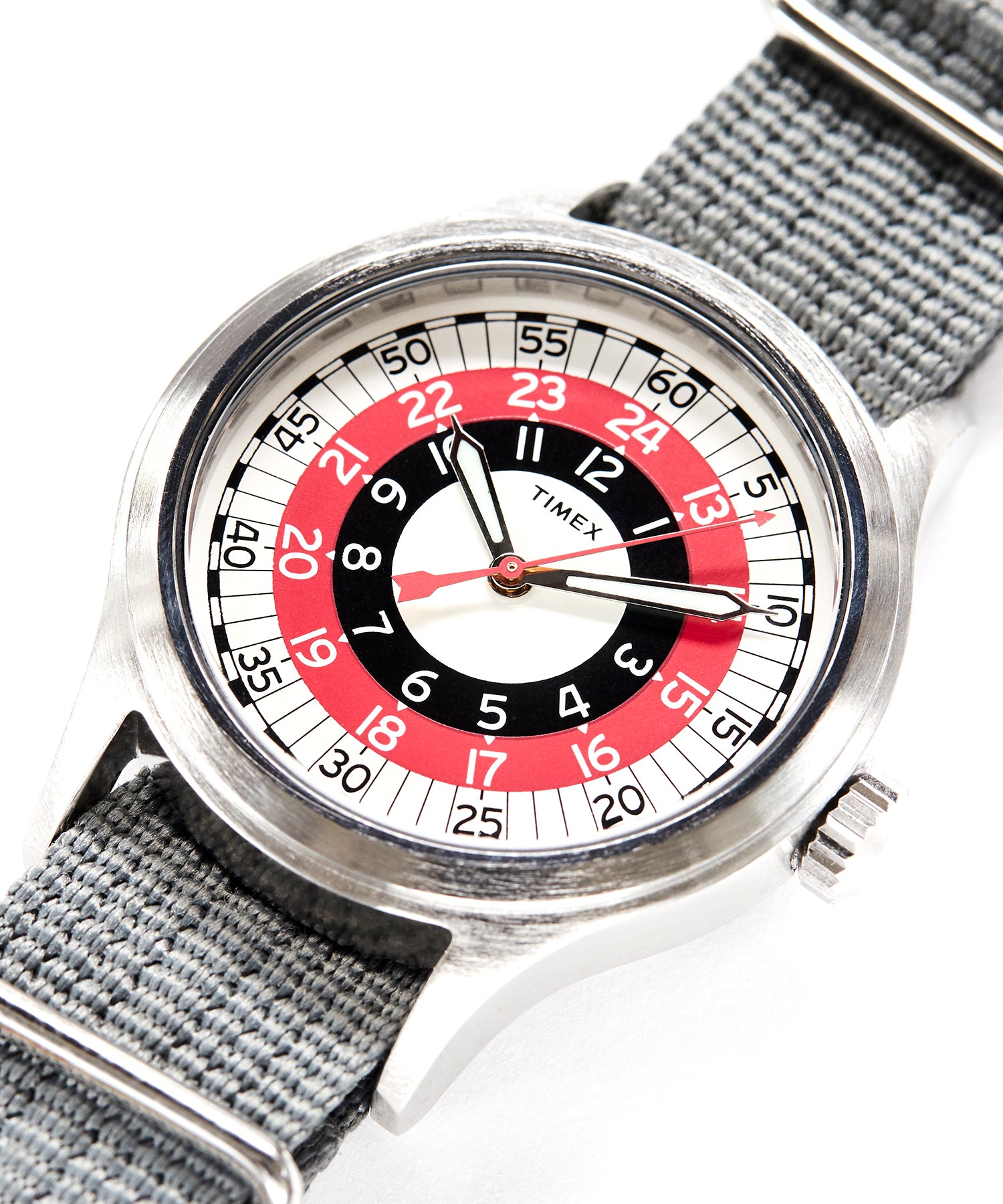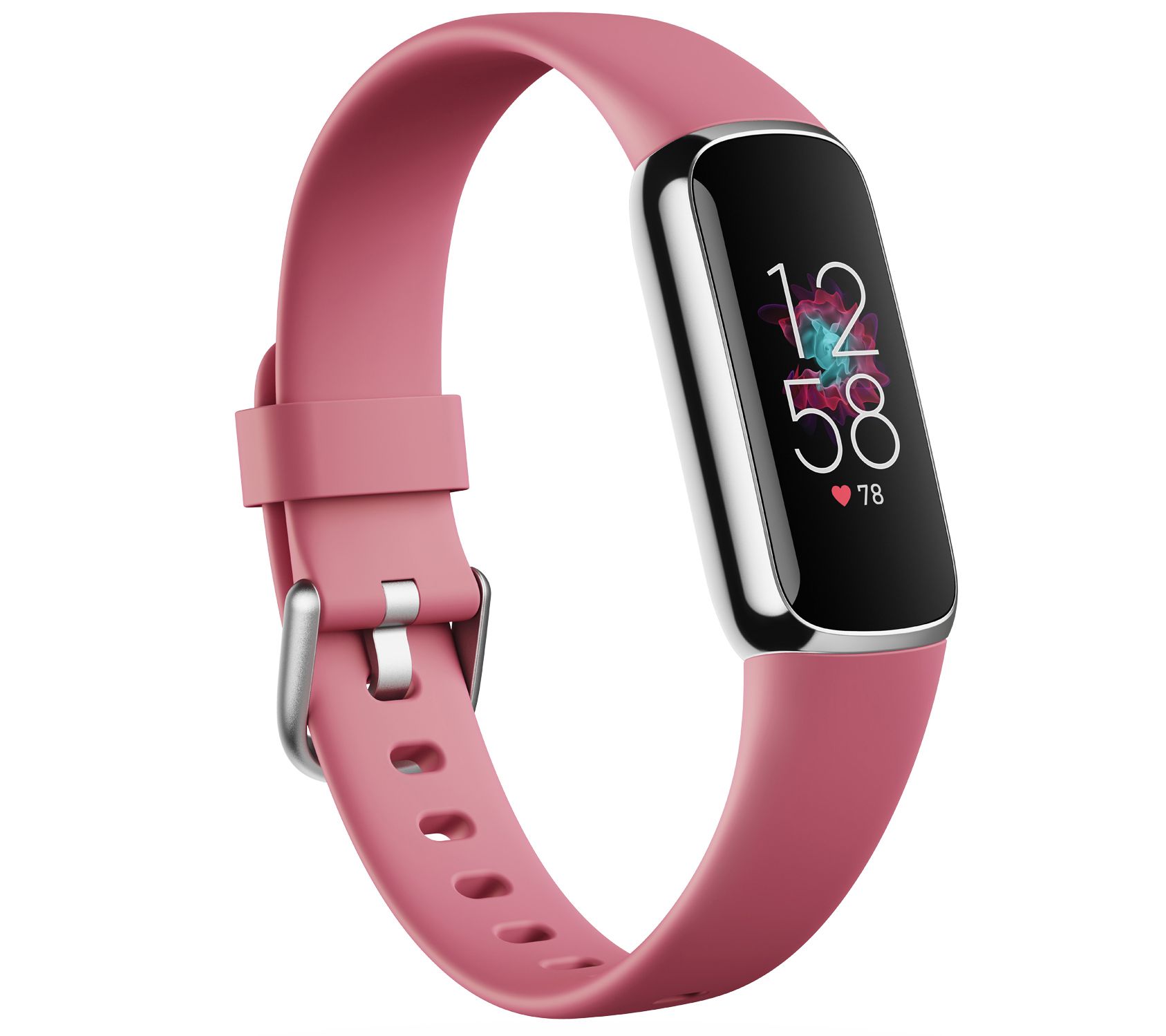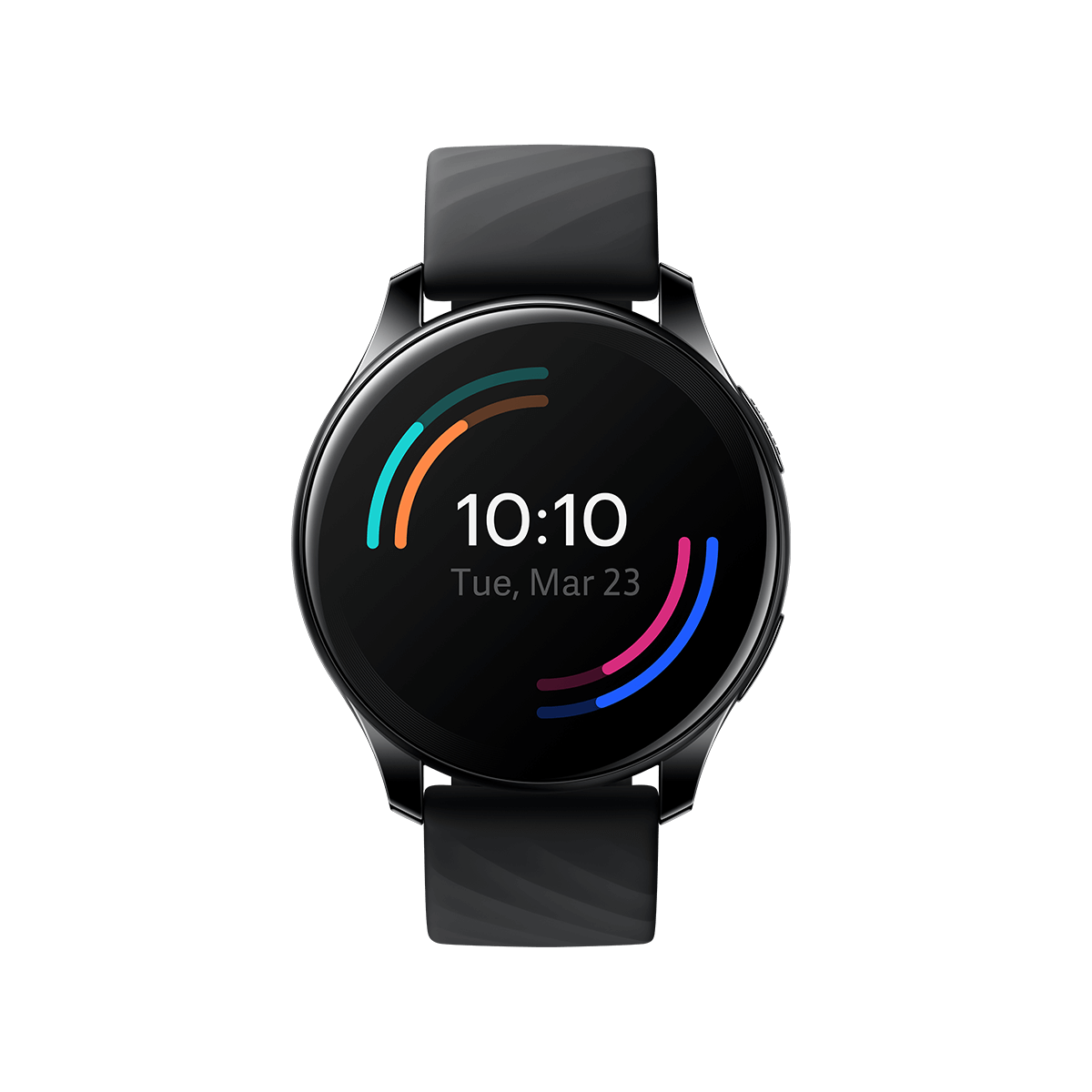Timex M79 Automatic Watch 40mm – Stainless Steel Bracelet Watch
New Timex M79 Automatic watch with a 21-jewel mechanical movement. Enjoy the return to automatic and mechanical watchmaking with Timex.
Our M79 Automatic is something entirely new, even though it might look familiar. Inspired by the 1970s Q Timex and elevated with a 21-jewel mechanical movement, this watch is a fresh interpretation of a much-loved Timex® icon. Powered by your movement, this automatic watch packs a 40-hour power reserve and can also be wound manually by using the crown. Featuring a black unidirectional bezel, luminous dial markings, a woven stainless-steel bracelet and exhibition case back, this modern watch captures the bold spirit of an era that changed everything.
Additional information
| PRODUCT DETAILS | Case Width: 40 mm |
|---|






by Nelson
Just received my Timex M79 and I love it. It’s exactly what I was looking for, classic Timex from a previous era. Looks much more expensive than it actually is and the 40mm size is perfect for my wrist. I adjusted the strap and haven’t had any issues with pinched arm hair. There are more expensive watches out there, but that isn’t what I wanted. I wanted this one and I’m very pleased with it. I think it’s awesome that Timex introduced these watches. I couldn’t afford a watch of this style back when they originally came out in the late ‘70s early ‘80s, but now I got one. I’m going to pick up one of the Q series next.
by Andrew
Great watch for the price and keeps good time. However unless you wear it very tight it will pull out each and every last hair on your arm.
by Vasa
This watch looks amazing!!! The design and feel of the watch looks and feels great!
by Huss
Beautiful watch, husband loves it! Lovely Batman colours!